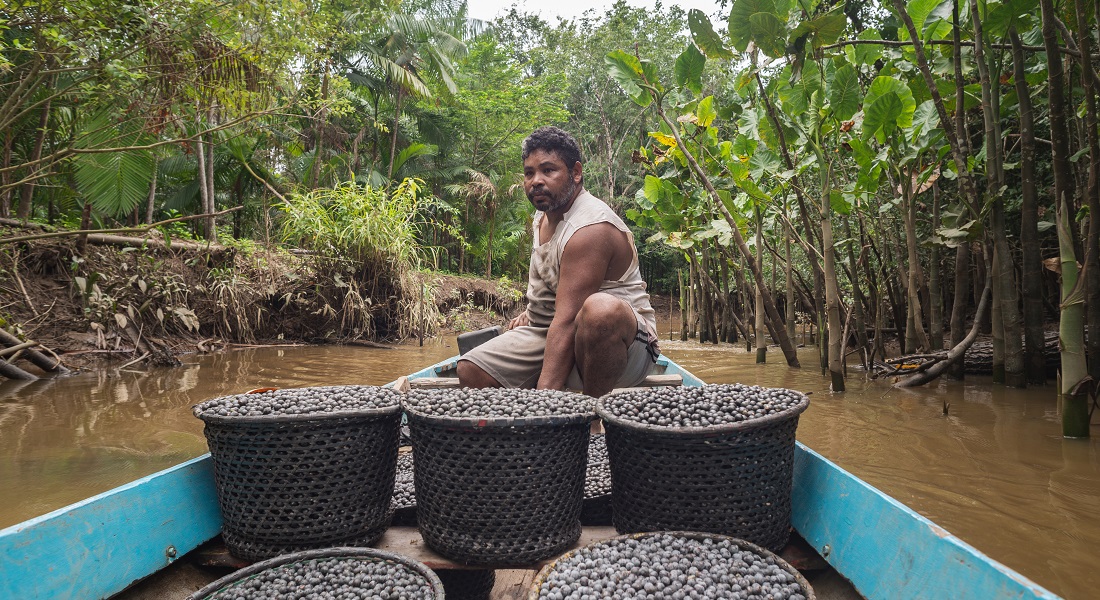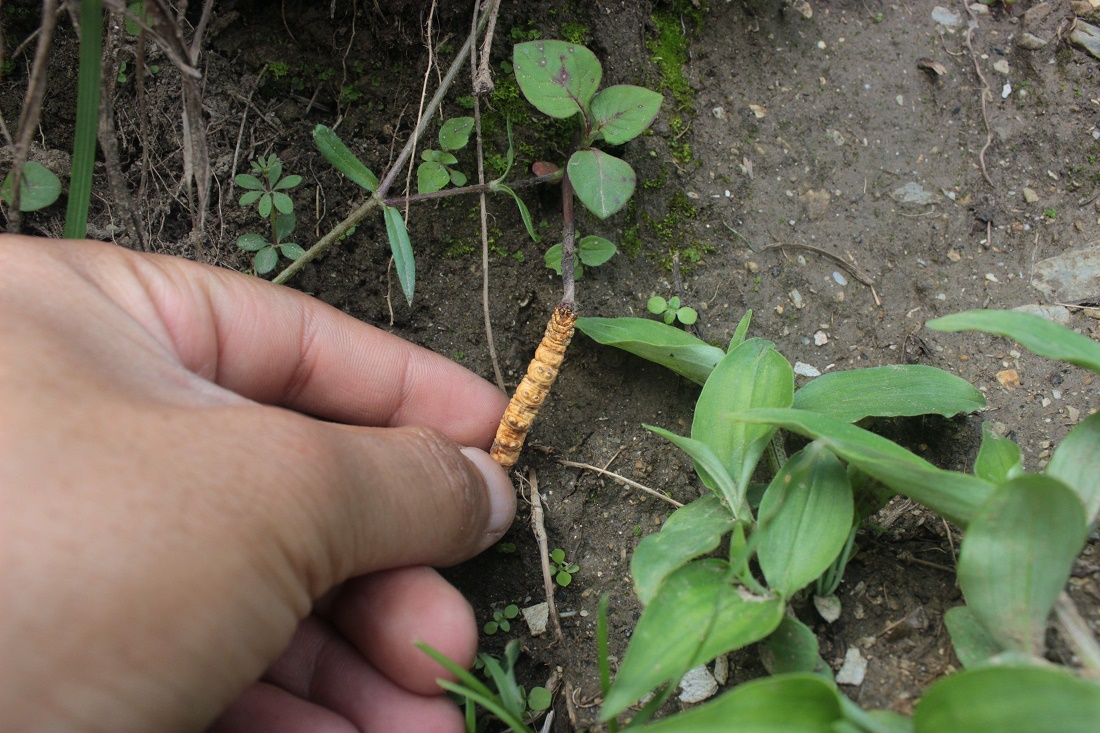Economist: Tens of billions of dollars in forest products are being overlooked
Are we missing the forest for the trees? More than timber grows in forests – including products worth many tens of billions of dollars. Because these goods go unrecorded in official trade statistics, their economic value escapes our attention. As a result, clear opportunities to combat poverty are being missed, according to a University of Copenhagen economist.

In the Roman Empire, custom taxes on spices, black pepper in particular, accounted for up to a third of the empire's annual income. And during the late Middle Ages, European efforts to cut out middle men and monopolise the spice trade led to colonization in Asia. Historically, non-timber forest products have frequently played a key role in the global economy.
Today however, non-timber forest products are neglected when the values of forests are recorded in official trade statistics. This applies both in the EU and globally. And it is despite the fact that these products account for a large part of the economies of many countries – from medicinal plants and edible insects to nuts, berries and herbs, to materials like bamboo and latex.
The UN Food and Agriculture Organization (FAO) estimates that annual producer income from non-wood products is US$ 88 billion – and when the added value of processing and other links in the value chain are included, the value of these products rockets up to trillions of dollars.
According to Professor Carsten Smith-Hall, an economist at the University of Copenhagen’s Department of Food and Resource Economics, this is a good reason to begin including forest products like ginseng, shea nuts, acai berries, baobab and acacia gum into global trade accounts.
"We estimate that roughly 30,000 different non-timber forest products are traded internationally, but less than fifty of them currently have a commodity code. We’re talking about goods worth enormous sums of money that are not being recorded in official statistics – and are therefore invisible. This means that the countries and communities that deliver these goods do not earn enough from them, in part because there is no investment in local processing companies," says Smith-Hall, a world-leading bioeconomy researcher. He adds:
"Because we underestimate the role of these goods, we’re wasting clear opportunities to combat poverty. These are goods that contribute significantly to food security, health and employment in large parts of the world, especially in low- and middle-income countries."
Carsten Smith-Hall and James Chamberlain from the U.S. Department of Agriculture have written a commentary in the journal Forest Policy and Economics, in which they argue for the great, though yet to be realized, potential.

Adding value
Examples of valuable products that go unrecorded, but are traded in informal markets, are numerous. One of these is caterpillar fungus (Ophiocordyceps sinensis), a fungus that infects and then erupts from the heads of mummified moth larvae. On the Tibetan plateau and in the Himalayas, people collect the medicinal mushroom that they call yartsa gunbu – and is also known as the Viagra of the Himalayas – at every opportunity.
"Caterpillar fungus is exported to China, where it is sold as an aphrodisiac and traditional medicine. Rural gatherers can sell it for about €11,500 per kilo. It fights poverty and helps transform local communities. That is, it allows people to send their children to better schools and build new houses. But because the trade goes unrecorded, local communities aren’t getting what they could out of the product," says Carsten Smith-Hall.
The professor goes on to explain that the consequence of products like these not appearing in official trade accounts is that they are ignored in important contexts:
"The products are not prioritised when funds are allocated for the development of industries and new technology. This means that many countries are missing out on the huge sums of money involved in the processing of a product in the country where a raw material is harvested. Processing is where you really see value being added to a product.”
Another major consequence is that non-timber products are ignored when developing policies for how natural resources should be managed. Though official registries could also serve biodiversity, Smith-Hall points out:
"Many of these products appear on various red lists because they are believed to be overexploited. In such cases, investment may be needed to develop cultivation technology, as opposed to harvesting them in the wild. But when investors and decision-makers aren’t aware of the importance of a product, the money ends up elsewhere."

Focus and systematize
According to the researchers, one of the obstacles standing in the way of non-timber products being included in trade accounts today is the overwhelmingly large number of products. It is a concern for which they have advice.
"There is a general perception among researchers and public agencies that there are simply too many products to manage. But if you list the economically important products in a country, ones that are traded in large quantities, you can shorten the list from, for example, 2,000 items to perhaps only fifteen. This lets people know which species to take an interest in and where to better focus research and technological investments. For example, in relation to developing cultivation techniques," says Carsten Smith-Hall.
Furthermore, the researchers recommend establishing systematic data collection at local, national and global levels of the volumes traded and prices fetched. They point out that tools have already been developed for this and could be made more widely available.
"We have a huge untapped potential here that can contribute in tackling extreme poverty and at the same time conserving nature and biodiversity. But this requires us to broaden our horizons and not just maintain the traditional focus on timber as the only important forest resource," Carsten Smith-Hall concludes.
Contact
Carsten Smith-Hall
Head of section, professor
Department of Food and Resource Economics
University of Copenhagen
cso@ifro.ku.dk
+45 21 30 86 83
Maria Hornbek
Journalist
Faculty of Science
University of Copenhagen
maho@science.ku.dk
+45 22 95 42 83
